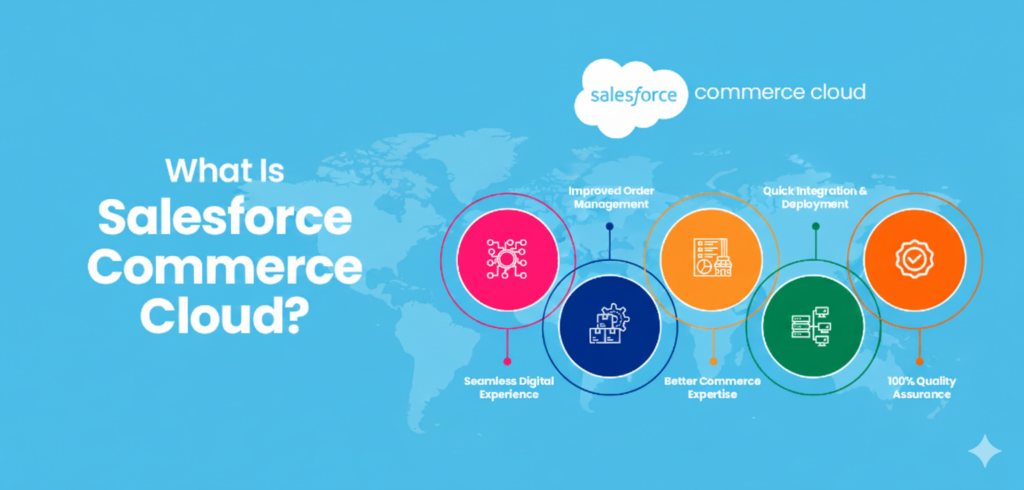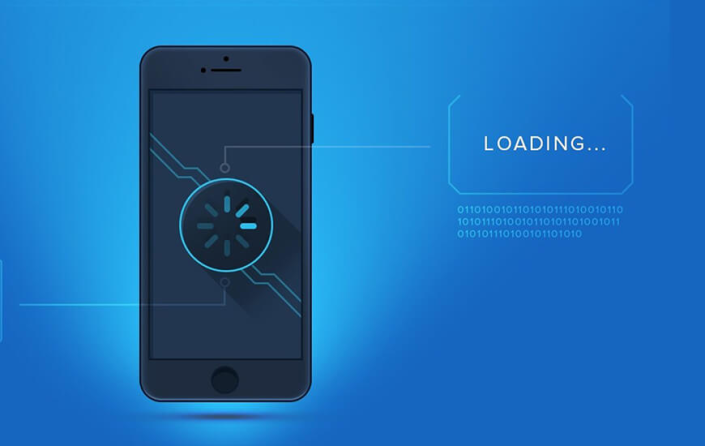First impressions matter, especially online.
Studies reveal that 38% of users will abandon a website if its design fails to engage them. If your website is outdated, you are losing potential customers without even realizing it. By the minute!
Issues such as lackluster visuals, slow loading times, or poor mobile responsiveness can drastically affect user experience.
In this article, we will explore the signs that indicate your website may need a redesign. From identifying visual and functional flaws to understanding the latest design trends, you will gain insights on whether it is time to give your website the update it deserves.
By the end, you should have a clear understanding of when and why to invest in a website overhaul.
Let’s get to it:
The Impact of an Outdated Website on Your Business
So, what are the repurcissuions continuing to do business with a subpar website
Lost Revenue Opportunities
A website that hasn’t been updated for ages is a silent revenue killer. You might be surprised to learn that 75% of consumers admit to judging a company’s credibility based on their website design alone. This means that if your site looks like it’s stuck in the early 2000s, you’re likely losing potential customers before they even consider your products or services.
Consider this: e-commerce sales are projected to reach $6.3 trillion worldwide by 2024. If your website isn’t optimized to capture a slice of this enormous pie, you’re leaving money on the table. Poor design elements, confusing navigation, or lack of clear call-to-action buttons can all contribute to lost sales opportunities.
Investing in a redesign might seem costly, but the cost to build a website is often outweighed by the potential revenue you could recover with a more modern, efficient site.
Decreased User Engagement
Another huge red flag is decreased user engagement. A report from Google shows that 53% of mobile users will leave a site that takes longer than three seconds to load. If your website is sluggish or difficult to navigate, users are likely to leave quickly, reducing their interaction with your content. Whether it’s signing up for a newsletter, requesting a quote, or making a purchase, a slow website can hinder these important interactions.
This not only affects your site’s bounce rate but also reduces the chances of users returning or sharing your content. Enhancing your website’s speed and usability can keep visitors engaged longer and increase the likelihood of repeat visits.
For instance, websites with a clear value proposition on the homepage have been shown to hold visitors’ attention for an average of 10% longer.
Negative Brand Perception
Your website is often the first point of contact between your brand and potential customers. A shabby website design tells your customers that your business is either doing badly or worse, no longer active. This negative perception can be challenging to overcome, even if your products or services are top-notch.
Think about it this way: if you walked into a physical store with underwhelming décor and disorganized shelves, would you trust the quality of their products? The same principle applies to your digital storefront.
8 Signs That Your Website Needs a Redesig
Below, I have outlined 8 key indicators that your business website could use an update. If you notice any of these issues, please take proactive steps to keep your online presence fresh and effective.
1. Slow Loading Times
If your website takes more than a few seconds to load, you’re likely losing visitors. Slow loading times can stem from various issues, such as large image files, outdated coding practices, or an overcrowded server.
You should periodically audit your site’s speed and optimize elements that might be slowing it down. While the cost of redesigning a website might seem substantial, the benefits of faster load times can greatly enhance user satisfaction and retention.
2. Non-Responsive Design
Pull out your smartphone and load up your website. Does it look just as good as it does on your desktop? If not, you’ve got a problem.
With mobile devices accounting for over half of all web traffic, having a non-responsive design is like putting up a “closed” sign for a huge portion of your potential customers.
I can’t stress this enough – your site needs to look good and function well on all devices. I’ve seen businesses double their mobile conversion rates just by implementing a responsive design. A responsive design keeps your site looking great and functioning well on any device, from the largest desktop monitor to the smallest smartphone screen.
3. Poor Visual Elements
If your website still sports a design from five years ago, it’s high time to change that. This doesn’t mean you need to chase every fleeting trend, but your site should reflect current design standards. Clean layouts, ample white space, and modern typography can go a long way in making your site feel current.
I redesigned a site for a tech startup that looked like it was stuck in 2005. Their bounce rate was through the roof. After we gave them a modern, clean design with plenty of white space and a fresh color scheme, not only did their bounce rate drop, but their average session duration increased by 40%. First impressions matter, especially online.
4. Poor User Experience and Navigation
If your website navigation is clear and intuitive, visitors will happily explore your site. If it’s confusing or cluttered, they’ll take the first exit they see.
If your menu structure is confusing, if visitors have to click through multiple pages to find basic information, or if your site’s layout is cluttered and overwhelming, it’s time for a UX overhaul.
It’s no secret that every extra click or moment of confusion is an opportunity for a potential customer to leave. Make their journey through your site as smooth and intuitive as possible.
5. Low Conversion Rates
Here’s a hard truth: a beautiful website means nothing if it doesn’t convert visitors into customers. Low conversion rates are often a symptom of a larger problem – your site isn’t effectively guiding visitors towards your desired actions.
There are several instances of sites with conversion rates below 1% transforming into lead-generating machines after a redesign focused on clear calls-to-action, persuasive copy, and strategically placed contact forms. Remember, every element on your page should be working towards your conversion goals.
6. High Bounce Rate
A high bounce rate occurs wheen visitors leave your site after viewing only one page. It is a clear sign that something’s amiss. According to a study by RocketFuel, the average bounce rate for websites is between 26% to 70%, depending on the industry. If you’re seeing rates on the higher end of this spectrum, it’s a clear sign that something isn’t clicking with your visitors.
It could be that your content isn’t engaging, your site is difficult to navigate, or visitors aren’t finding what they expected. Analyzing which pages have the highest bounce rates can provide valuable insights into areas that need improvement.
Alternatively, you can choose dedicated IT outsourcing services to optimize your website for a reduced bounce rate.
7. Difficulty in Updating Content
If updating your site feels like pulling teeth, it’s time for a change. Modern CMS platforms make it easy for non-technical users to keep content fresh and relevant. I’ve had clients who needed to call their developers every time they wanted to update a product description. That’s both inefficient and expensive.
By moving them to a user-friendly CMS, we empowered their team to make updates themselves, saving time and money. Your website should be a tool that works for you, not against you.
8. Lack of Useful Features and Functionality
If your site lacks features that users now take for granted, such as integrated social media, interactive elements, or advanced search functionality – you need to implement them ASAP.
Make a list of features that could enhance your visitors’ experience and support your business goals. Maybe it’s a chatbot for customer service, an interactive product configurator, or seamless integration with your CRM system. It all depends on your business and engagement goals.
Not sure how much it would cost to give your website a complete makeover?
Use this Website redesign cost calculator!
Final Words
At the end of the day, revamping your website is all about creating a digital space that truly represents your brand and connects with your audience.
By addressing these key areas, you can transform your site into a powerful tool that attracts and retains users.
As we wrap up, remember that you don’t have to go it alone. If you’re feeling overwhelmed, feel free to explore professional web redesigning services. At Codevian, we’re here to help you improve your business’s online presence with top-notch web development services.
Frequently Asked Questions
How long does it take to redesign a website?
Redesigning a website is a time-consuming task. A full redesign can take anywhere between a few weeks to a few months to complete the task.
How much does a website redesign typically cost?
The cost of redesigning a website depends on several factors, e.g., the complexity of the project, the size of the website, and the features you need to implement. Use a website redesign cost calculator to get a better idea about website redesign pricing.
Why should I redesign my website?
A website redesign is the most effective way to address existing technical and visual issues in your website. A well-executed design helps boost engagement and strengthens your brand’s online presence.
How often should I consider redesigning my website?
You should ideally evaluate your website for a redesign every 2-3 years. However, this can vary based on factors like user behavior changes, technological advancements, or shifts in your business goals.







